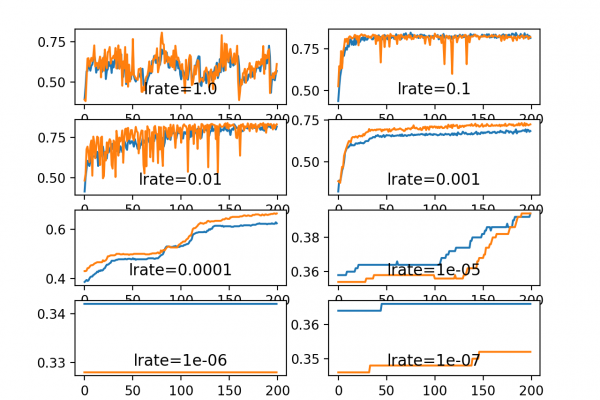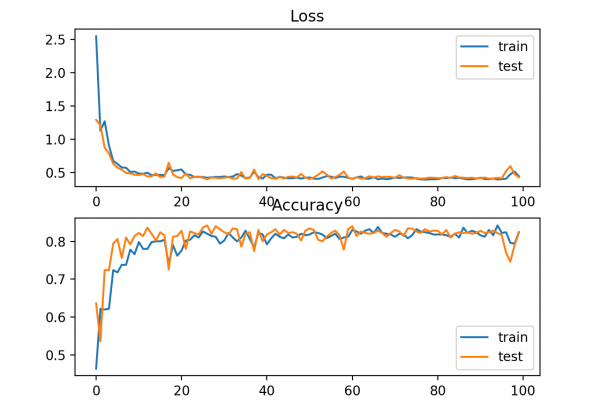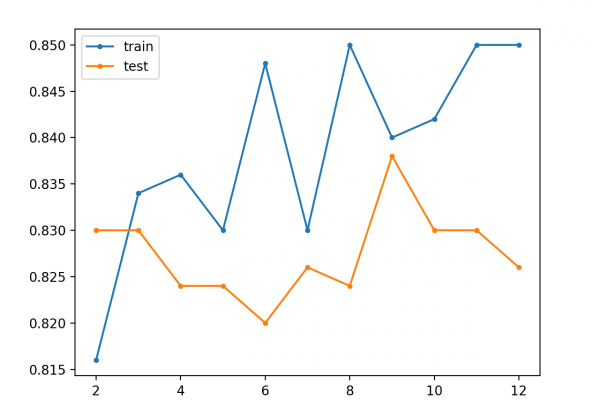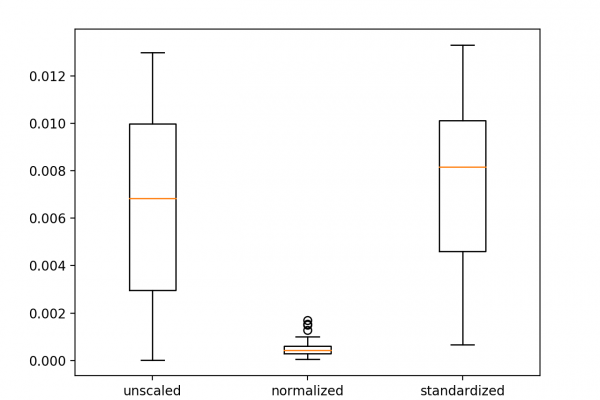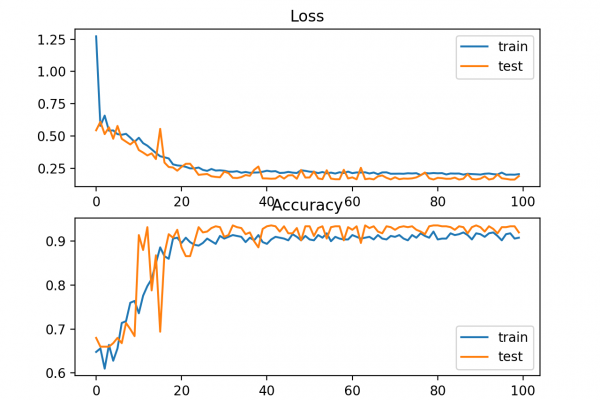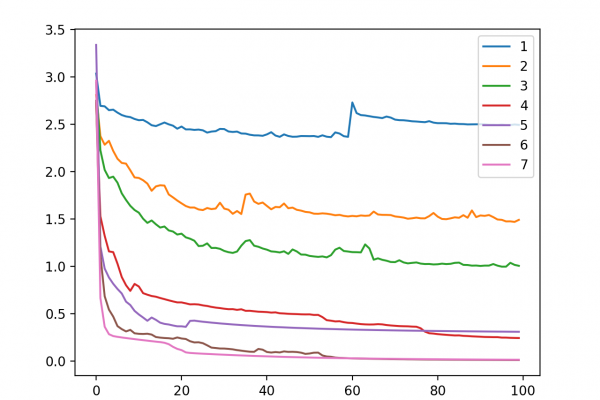Understand the Impact of Learning Rate on Neural Network Performance
Last Updated on September 12, 2020 Deep learning neural networks are trained using the stochastic gradient descent optimization algorithm. The learning rate is a hyperparameter that controls how much to change the model in response to the estimated error each time the model weights are updated. Choosing the learning rate is challenging as a value too small may result in a long training process that could get stuck, whereas a value too large may result in learning a sub-optimal set […]
Read more